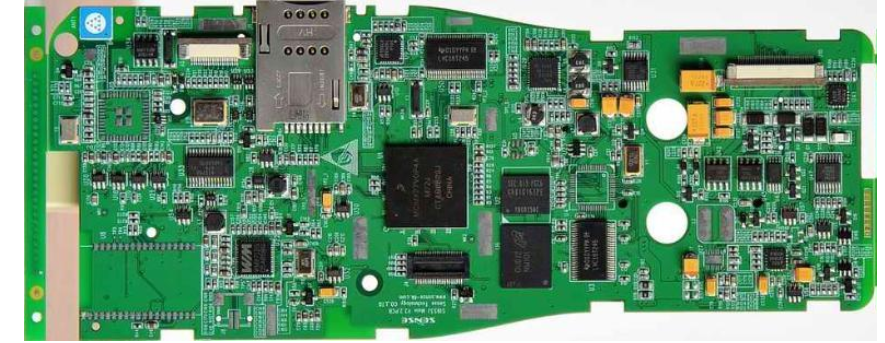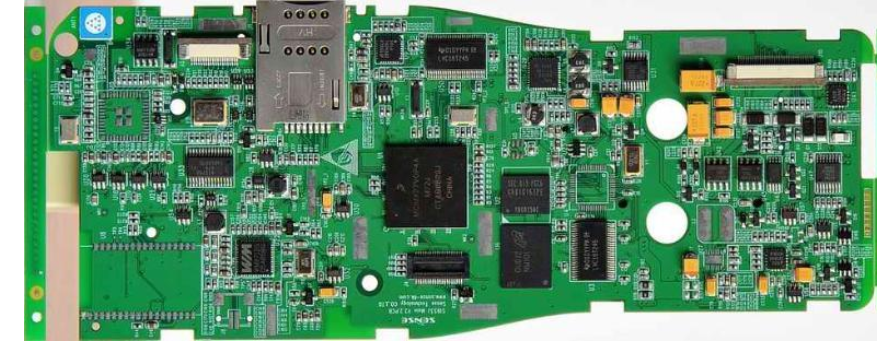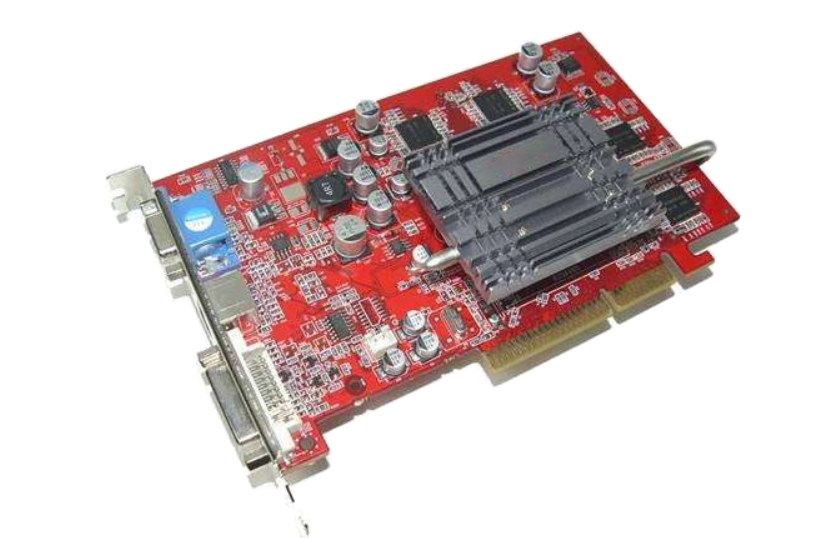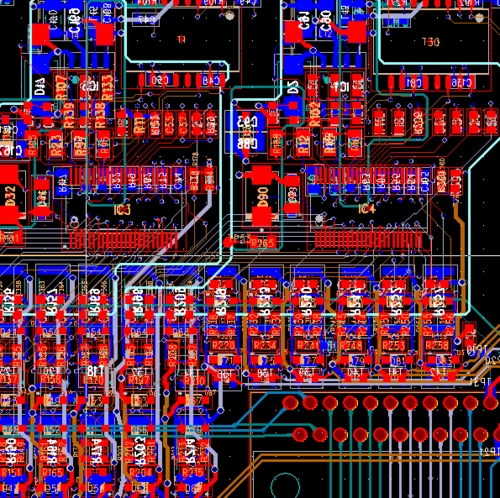
For digital PCB circuit designers, inductance of PCB through-hole is more important than capacitance. Each PCB through hole has a parasitic mid connected inductor. Because the physical structure of PCB through-hole is small, its characteristics are very pixel lumped circuit components. The main effect of PCB through hole series inductance is to reduce the effectiveness of PCB power supply bypass capacitor, which will make the filtering effect of the whole power supply worse.

The purpose of the bypass capacitor is to short-circuit the two power supply planes together in the high frequency band. If a PCB integrated circuit is assumed to be connected between the power supply and ground plane at point a, there is an ideal surface mount bypass capacitor at point b. It is expected that the high frequency impedance between the VCS of the PCB chip solder joint and the ground plane is zero. However, this is not the case. The inductance of each connecting through hole connecting the capacitance to the vcc and the ground plane introduces a small but measurable inductance. The size of this inductance is approximately:
Where, l=through-hole inductance, nh
H=Through hole length, in
D=Through hole diameter, in
Because the above equation includes a logarithm, the change of the through hole diameter of the circuit board has little effect on the inductance, but the change of the through hole length may cause a large change.
Inductive reactance of PCB through-hole to signal with rising edge speed of 1ns. First calculate the inductance:
H=0.063 (through hole length, in)
D=0.016 (through hole diameter, in)
T10~90%=1.00 (rising edge speed, ns)
By shunting high frequency current from the chip, the value of 3.8 Ω is not low enough. At the same time, remember that one end of the bypass capacitor is usually connected to the ground plane through a through-hole, and the other end is also connected to the+5v plane through a through-hole, so the influence of PCB through-hole inductance will be doubled. The bypass capacitor is mounted on the side of the board closest to the power supply and ground plane to reduce its impact. Finally, any lead between the capacitor and the through-hole will add more inductance. These PCB wiring should always be as wide as possible.
A very low impedance can be obtained by using multiple bypass capacitors between the power supply and the ground. For digital products, as a rough rule, it is assumed that the power supply and ground plane are ideal conductors and the inductance is zero. We only consider the inductance of the bypass capacitor and its associated wiring and through-hole. In a specific range, all bypass capacitors will be connected in parallel, reducing the impedance between the power supply and the ground. The effective radius that produces this effect is equal to 1/12, where 1 is the electrical length of the rising edge. Within 1/6 of the diameter, all capacitors are used together as a lumped circuit.
The propagation length of 1ns rising edge in fr-4 material is about 1=6in. In this example, if the grid spacing of capacitors is greater than 1/12=0.5in, there will be no benefit.
For the bypass capacitor of the power supply, the shorter the rise time, the more difficult the bypass will become. When the rise time is shortened, the value of the effective radius becomes smaller. The number of capacitors in the effective radius decreases with the square of the rise time.
This is a comprehensive problem. As the rise time decreases, the digital turning frequency increases, which increases the inductance of each circuit board through-hole. The final result is that for a specific configuration of bypass capacitor working at a certain frequency, when we halve the rise time, the effect will be reduced by 8 times. According to this ratio criterion, the experience gained from one operating frequency range can be easily converted to a new operating frequency range







